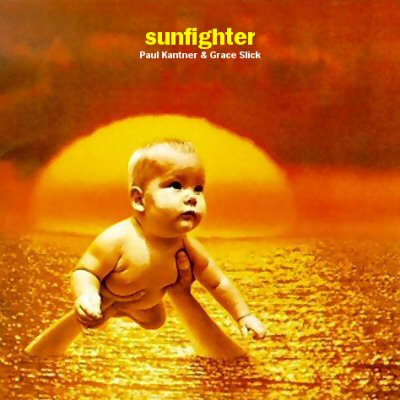Jesse Colin Young – Together
This is a no-frills early-70s downhome hippy-rock record
that goes just right with a beer at the end of a hard day, or a bong hit at the
start of an easy one. The opener is “Good Times,” a sweet reminiscence of the
summers of love in San Fran, and the remaining ten songs range from blues to
boogie-woogie to country to folk, a near-even mix of covers and originals, all
tied together with Young’s smooth, mellow-my-mind voice. Seriously, his singing
is right up there with the very best, whether it’s a tender love song, like the
title track, or the relentlessly happy “Lovely Day,” or “Peace Song,” which is
every bit as idealistic and hopeful and love-inspiring as “Get Together” was. I
got this record for $2.99 at Twist and Shout and it plays with hardly a
crackle. I listen to it often.
Emerson Lake and
Palmer – Tarkus
Side one is a rock symphony called this:
Tarkus- Eruption
- Stones of Years
- Iconoclast
- Manticore
- Battlefield
- Aquatarkus
And, as the name suggests, it’s 20 minutes of prog
awesomeness. Hard to describe without making weird noises with a high-pitched
voice and a spastic tongue. Drum solos, bass solos, keyboard solos, all soloing
at full speed at the same time, in perfect sync, and a climactic, soaring
guitar solo near the end. Honestly, I’m kind of hinky on ELP because they were
such good musicians and, judging from the film footage I’ve seen of them in
concert, they were insufferably arrogant about it. And on some of their records
they sound a little too safe for me. But not this one. It’s exactly the kind of
balls-out pretentiousness I want when I reach for prog.
Tom Tom Club – Close to the Bone
Unexpectedly trippy. Like Remain in Light trippy, but happy, and way more danceable. There
are lots of beats that weave in and out and bounce all across the stereo, super
synthed-up with echoes and cosmic curviness. No kidding, these dance tracks are
as atmospheric and complex as the Talking Heads at their early-80s best. This
record stands as a solid companion to Speaking
in Tongues, released the
same year. I don’t remember this band being so good. When I was in my teens and
always hunting for freaky shit, I thought Tom Tom Club was just better than
average synth-dance-pop, and that wasn’t really my thing. But if I’d only known just how far out this record
gets in a tight universe of butt-bumping boogie, I would’ve jumped in and
boogied too, maybe even gotten laid. (“He’s the man with the four-way hips!”)
This record isn’t better than average. It’s where this kind of music went when
it died.




























